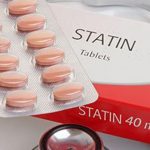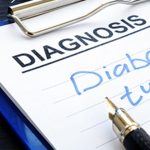
New research suggests the effects of high blood pressure during pregnancy may be long-lasting. Researchers found that women who developed high blood pressure during pregnancy had tell-tale signs of abnormal heart structure and function up to a decade later. “This study helps to clarify that, for some women, pregnancy is not just a ‘stress test’ that unmasks underlying cardiovascular risks,” said senior author Dr. Susan Cheng, director of the Institute for Research on Healthy Aging in the cardiology department at Cedars-Sinai’s Smidt Heart Institute in Los Angeles. “This risk may also affect the heart years after pregnancy.” Her team looked at more than 5,000 Hispanic women who had at least one pregnancy and identified those who had disorders during pregnancy such as gestational high blood pressure, preeclampsia or eclampsia. After accounting for other risk factors that might lead to early signs of heart disease, researchers reported that heart images showed persistent problems in about 14% of participants who had high blood pressure problems during pregnancy. They included thicker heart walls, abnormalities in the left ventricle and weakened pumping compared to women who had also been pregnant but had no related high blood pressure disorder. “This study confirms the results of others and demonstrates that women who experience a hypertensive disorder during their pregnancy are more likely to have lasting changes in the structure and function… read on > read on >

















